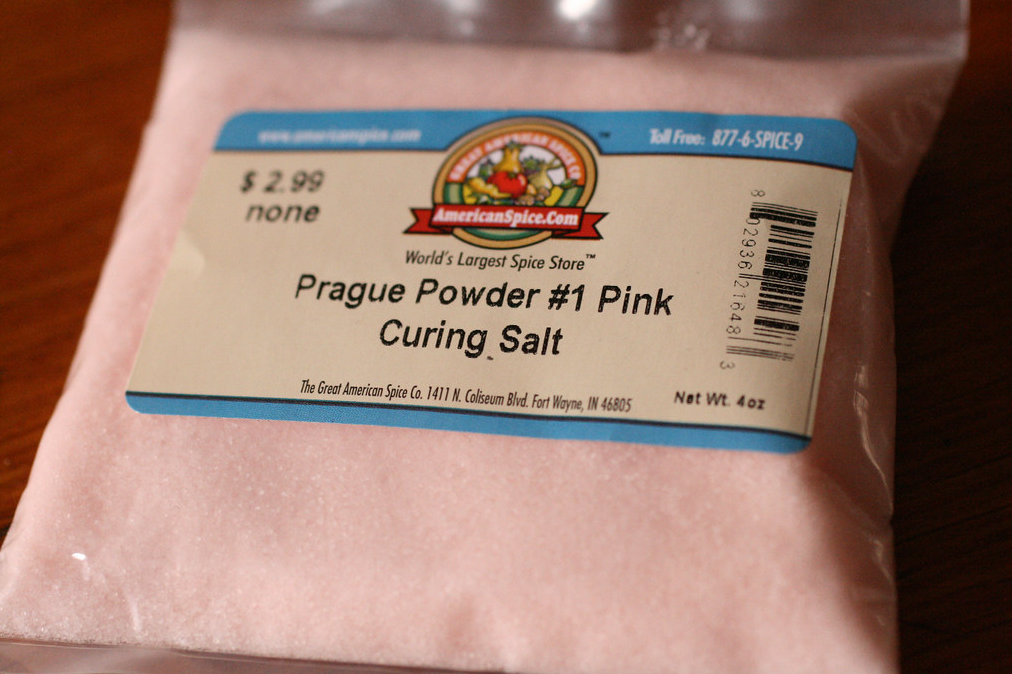Curing your meat before barbecues is a centuries-old practice to add a delicious flavor to your meat. Salts such as Prague powder 1 and 2, popularly known as ‘pink curing salt’, are generally used for curing meat. It enhances the texture and flavor of your meat and acts as a natural antibacterial agent. Both types of salts may appear similar but have several notable differences.
What Is Prague Powder 1?
Prague powder 1 is a curing salt that is used during meat processing. It is also known as pink curing salt 1 or Instacure 1. The powder comprises a salt, acting as a preservative for your meat by drawing out water from the meat cells. The salt gives a pinkish shade to your meat and extends its shelf life.
The powder also contains sodium nitrate, a natural compound found in root vegetables like a carrot. Sodium nitrate has antimicrobial properties, acting as a highly effective food preservative agent. Prague Powder 1 also prevents the growth of bacteria that causes botulism. The curing salt is used for meats that require short cures before cooking, like sausages or corned beef.
What Is Prague Powder 2?
The second variation of Prague powder is used exclusively for long-term cures. This curing powder is highly salty, and you should never consume it as ordinary salt. Prague powder 2 preserves your meat by drawing out water from the cells through osmosis. This extends the shelf life of your cured meat.
Prague powder 2 contains 16 parts table salt, 1 part sodium nitrite, and 64 parts sodium nitrate. The sodium nitrate in this curing powder, over a long period, breaks down very slowly to sodium nitrite. This provides a slow release of the nitrites that helps kill any harmful bacteria in your meat. Prague powder 2 is used for meats that aren’t cooked and are air-dried, such as salamis or hams.
Prague Powder 1 Vs. 2: What’s the Difference?
While Prague powder 1 and 2 may have the same consistency and color, their composition and uses differ. Prague powder 1 is used for short cures. In contrast, the second variety of Prague powder is used for long-term cures. Prague powder 2 contains sodium nitrate, a compound that the first variation of salt does not have.
Prague powder 1 is used to cure wet meats that are cooked and eaten in a short time, such as sausages. On the other hand, Prague powder 2 is used for meats that are dry-cured or smoked for a significant period, like pepperoni or salami.
Conclusion
Both Prague powder 1 and 2 cure your meats and add flavor and texture to them while extending their shelf life. They might look similar to each other but vary in both composition and taste. You might notice a slightly pinkish touch when you cure your meat with Prague salts. This is added to help you differentiate between curing salt and ordinary salt.
Image credit: Photo by thebittenword.
